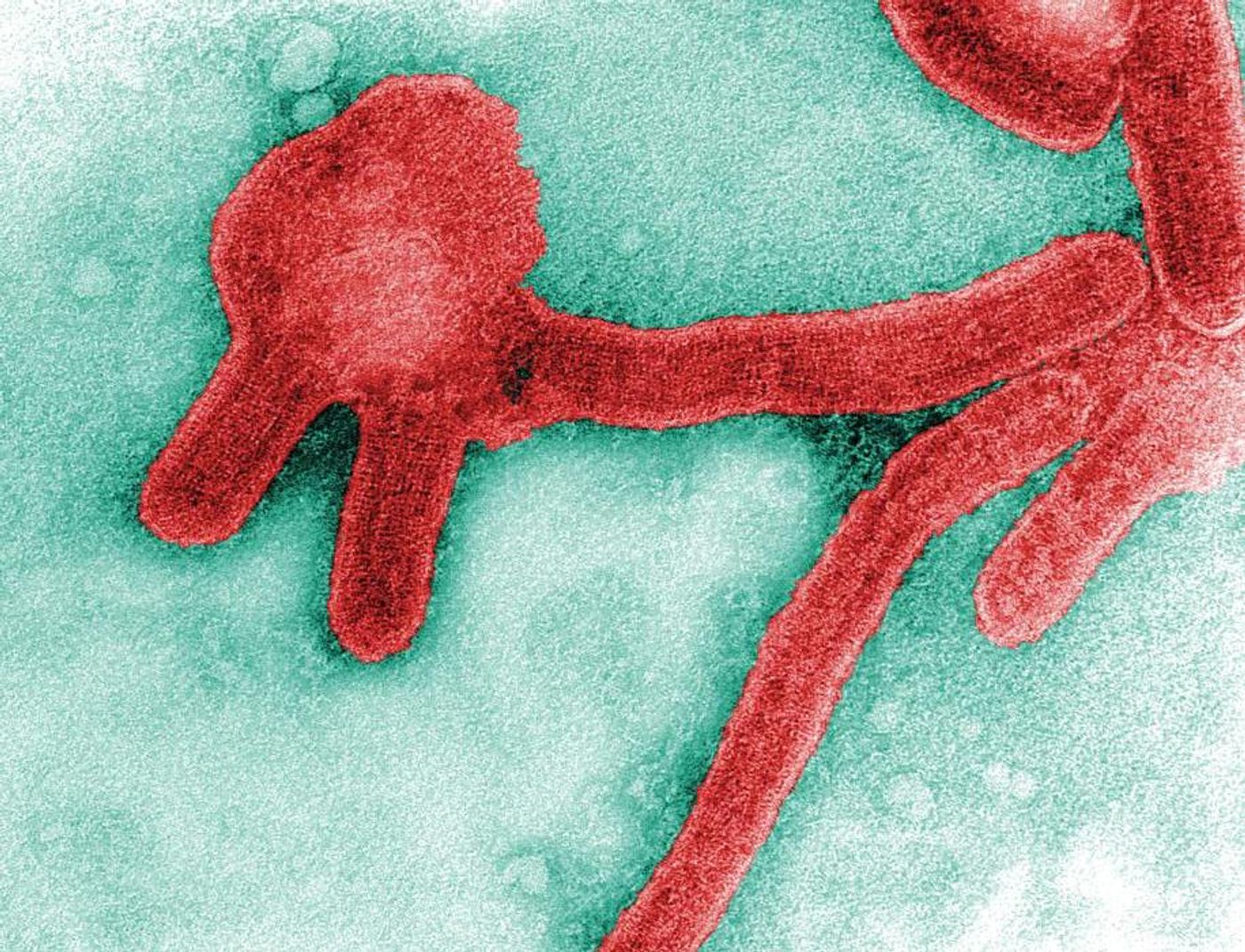Bats play a critical role in the control of insect populations and can help agriculture but they are also known as reservoirs of viral diseases, including rabies and Nipah virus. Now scientists have discovered a new genus of filovirus, a group that includes Ebola, in a Rousettus bat in China. Filoviruses are known to be highly pathogenic and pose a significant threat to the health of humans and animals alike. These findings can help researchers learn where prevention strategies might be critically needed.
"Studying the genetic diversity and geographic distribution of bat-borne filoviruses is very important for risk assessment and outbreak prevention as this type of infectious disease can affect the general public without warning with devastating consequences," explained Professor Wang Lin-Fa, Director of the Emerging Infectious Diseases Signature Research Programme at Duke-NUS Medical School, Singapore. Lin-Fa was the senior author of the report on these findings, published in Nature Microbiology.
The Filovirus genus includes Ebolavirus, Marburgvirus, and Cuevavirus, which are known to cause deadly hemorrhagic fever in primates and humans. This new filovirus was named Měnglà virus because it was found in Měnglà County, Yunnan Province, China. It was detected during a study of filovirus diversity in Rousettus bats and was characterized through genetic and experimental investigations.
The Měnglà virus is part of a new genus in the filovirus group called Dianlovirus. It has unique genetic features, sharing only 32 to 54 percent of its sequence with other filoviruses. It does share some things with them, however. Like other filoviruses, it carries seven genes and uses the same receptor, NPC1, to get into cells and initiate an infection. From an evolutionary perspective, the researchers said the Měnglà virus sits between the Ebola and Marburg viruses.
After testing the Měnglà virus in cells from different species of animals, the investigators determined that as the other filoviruses, it has the potential to move to new species.
"The early identification of the filovirus from Rousettus bats by Prof Wang and researchers in China is one of the many strong research collaborations the Emerging Infectious Diseases (EID) Program at Duke-NUS engages in," noted Professor Patrick Casey, Senior Vice Dean of Research, Duke-NUS Medical School. "With globalization, it is important to identify and assess the risk of potential infectious disease outbreaks and, from it, develop effective controls strategies and treatments."
Right now, the virus has only been detected in Rousettus bats in China. Additional testing will be conducted to determine the risk of the virus jumping to new species.
In the video above by Albert Einstein College of Medicine, the infection of a cell by the Ebola virus is illustrated. In the video below, you can learn more about bats and the viruses they host.
Sources: Phys.org via Duke-NUS Medical School, CDC, National Science Foundation, Clinical Microbiology Reviews, Nature Microbiology




![Master Lab Weighing: Accuracy, Compliance & Audits [eBook]](https://d3bkbkx82g74b8.cloudfront.net/eyJidWNrZXQiOiJsYWJyb290cy1pbWFnZXMiLCJrZXkiOiJjb250ZW50X2FydGljbGVfcHJvZmlsZV9pbWFnZV85MWRmZmRjMDIwNDBlMWJjMzYwN2ZiYWY2ZjI4ZGMzYzBmZGMwZGMyXzkxOTcucG5nIiwiZWRpdHMiOnsidG9Gb3JtYXQiOiJqcGciLCJyZXNpemUiOnsid2lkdGgiOjcwMCwiaGVpZ2h0IjozNTAsImZpdCI6ImNvdmVyIiwicG9zaXRpb24iOiJjZW50ZXIiLCJiYWNrZ3JvdW5kIjoiI2ZmZiJ9LCJmbGF0dGVuIjp7ImJhY2tncm91bmQiOiIjZmZmIn19fQ==)




